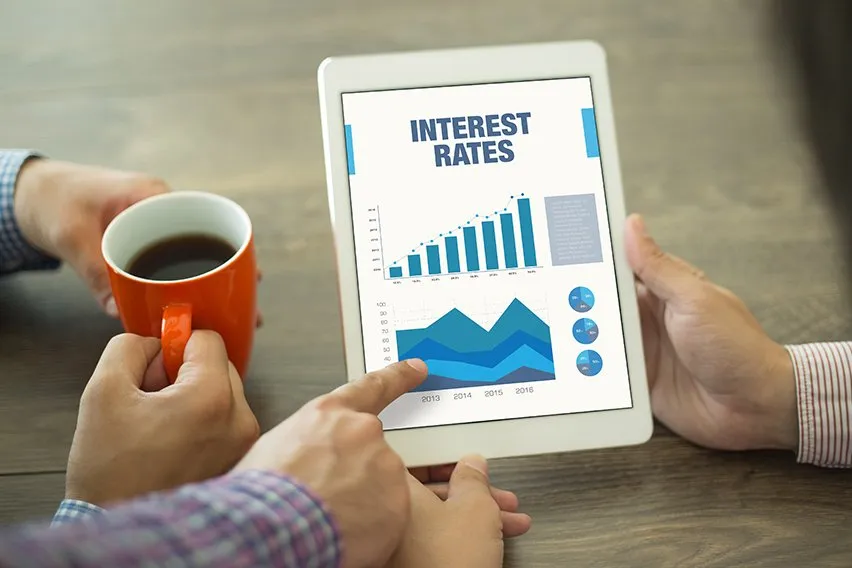Competitive Pricing Strategy: Definition, Examples, Pros & Cons

When you’re running a business, having a competitive price can make a world of difference. It can be what leads your business to overall success. However, if your price isn’t competitive, or your product doesn’t meet expectations, it can also be your biggest downfall. Understanding the competitive pricing strategy maybe your company’s key to success.
If you’re looking to increase your market share through a pricing strategy, this is the article for you. We’re going over the competitive pricing strategy, how to implement it, and all of its pros and cons. Keep reading to find out more!
Here’s What We’ll Cover:
What is the Competitive Pricing Strategy?
Some Examples of Competition-Based Pricing
Pros and Cons of Competitive Pricing
What is the Competitive Pricing Strategy?
Many businesses find themselves in a competitive market. In modern times, this is largely due to technology. Many people now have the ability to start a business. As such, it’s important to learn how to analyze the competition, and set product prices accordingly. One way to do that is through a competitive pricing strategy.
When a business sets a product’s price, they have three options. All of these options relate to competitor prices, as well as the market price. A price can either be set below the competition, at the competition, or above the competition. Finding the optimum price can be a challenge, especially when there are many similar products available. Let’s look at all of the options a little more in-depth.

Setting a Price Below the Competition
From time to time, a business may set their prices below the competition. This benefits customers, as they’ll be able to obtain the product at a lower price. However, the business may suffer. They may not make enough back on the product to meet production costs. This strategy relies on customers purchasing more than just the lower-priced product. If they do, the business may prosper. This is always a gamble.
Setting a Price At the Competition
When a business sets a price at the competition, it means they’re selling the product at a similar price. This is the basis of the competitive pricing method. When a market is oversaturated, a business doesn’t normally have any other option available to them.
A business has to think creatively to drive sales. This means that they may have to offer product features that competitor products don’t have. They may have to employ a different marketing strategy, well-advertised sales being one method.
Setting a Price Above the Competition
This is also known as premium pricing. When a business sets a premium price, they run the risk of losing out on sales altogether. Typically, a product introduced in a sea of competitors has to be comparably priced. Similar products that are priced too high won’t sell, or they won’t sell enough. However, this method of pricing has its advantages.
Oftentimes, a product released at a premium price gives the illusion of higher quality. Many customers will opt for the product that will last longer. This means that the business has to back its product up, though. When a product is released with premium pricing, the product has to match the price.
Some Examples of Competition-Based Pricing
When you think about gaining a competitive edge there are a few examples of competitive pricing that tend to work. These examples are listed below:
- Premium Pricing: As discussed prior, premium pricing is a great pricing strategy. This type of pricing strategy requires a premium product to work, however. Businesses must offer products that can be conceived as “better than the competition’s.”
- Loss Leaders: A pricing strategy that relies on offering a discount resulting in a loss. While this seems counterintuitive, it works well at generating business. One such example has been seen with Sony. Sony releases their game consoles at a loss upon release, knowing that it will generate more sales as time goes on.
- Price Matching: One pricing strategy that benefits customers is price matching. For retail businesses offering identical products, price matching can be a way to generate sales. The offer requires that the business lowers its price to the competition’s. However, with the Amazon pricing model being more aggressive in recent years, price matching seems to be fading.

Pros and Cons of Competitive Pricing
Competitive pricing requires that a business understand the market it’s participating in. As such, there are some major benefits and drawbacks to the competitive pricing model. Check them out below.
Competitive Pricing Advantages
When you’re considering this pricing model, there are a number of advantages that you can benefit from. First, when you’re running a competitive pricing model, you have complete control over your market position. This means that you can set your price where you want it to be in comparison to your competitors.
Additionally, as you study the competition, you’ll gain competitive intelligence. This means that you’ll pick up on their pricing, as well as their marketing strategies. Understanding the competition is the best way to beat them, after all.
You’ll also be able to make better business decisions as time goes on. Competitive pricing is a great way to learn what the market will tolerate. This is especially true when you release above or below the competition.
Competitive Pricing Disadvantages
The competitive pricing strategy is not without its flaws, however. One of the biggest issues with the model is that it sets prices arbitrarily. Other pricing models take into account the cost of production, like the cost-plus pricing model. When you don’t figure in other costs, you may lose money.
Another thing to take into consideration is the risk. When you price items based on the competition, you run the risk of losing business. A price too high drives customers away, while a price too low results in low profits. It’s risky, to say the very least.
Key Takeaways
Competitive pricing isn’t for everyone. For the most part, it’s best utilized by larger, established businesses. While small businesses are vital to the economy, not many can afford to use this method, unfortunately. However, when you look at major players in any industry, you’ll start to see competitive pricing more often.
If you want more articles like this, visit our resource hub! We cover a broad range of topics, from accounting to software reviews, we’ve got it all! Check it out today.
RELATED ARTICLES

 What Is a Bill of Exchange?
What Is a Bill of Exchange? What Is Churn Rate & How To Calculate It?
What Is Churn Rate & How To Calculate It? What Is a Business Line of Credit?
What Is a Business Line of Credit? What Is Interest Rate Parity (IRP)? An Overview
What Is Interest Rate Parity (IRP)? An Overview Business Structures Advantages and Disadvantages
Business Structures Advantages and Disadvantages What Is Residual Value & How to Calculate It?
What Is Residual Value & How to Calculate It?